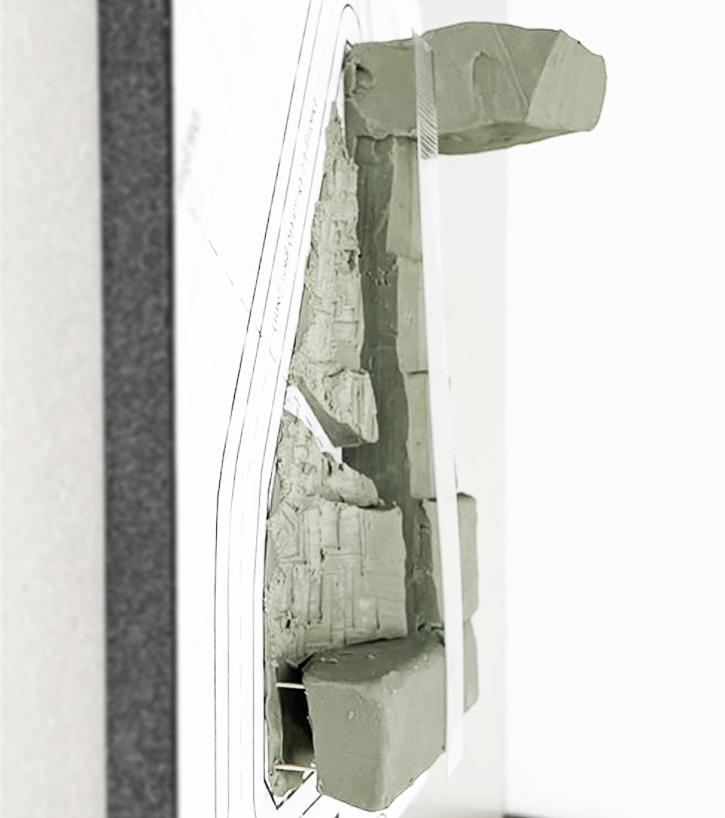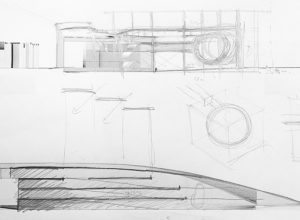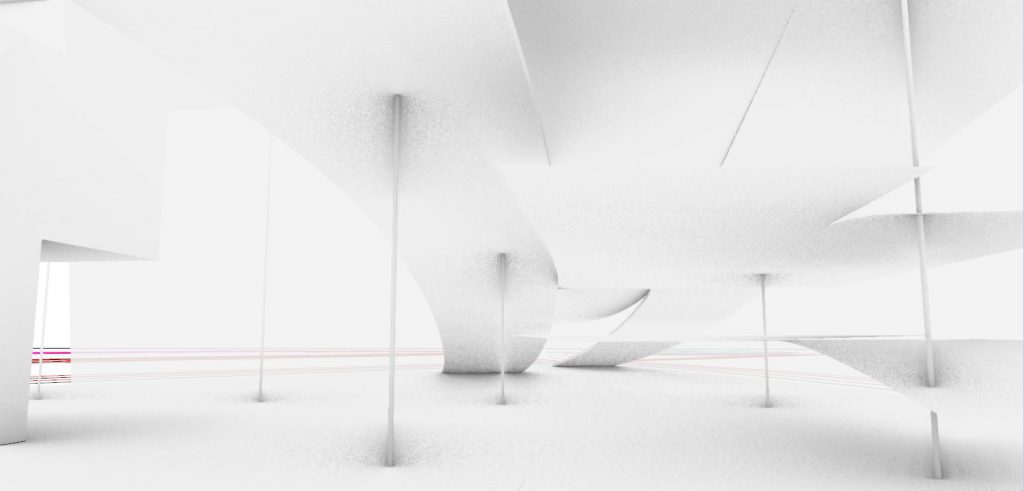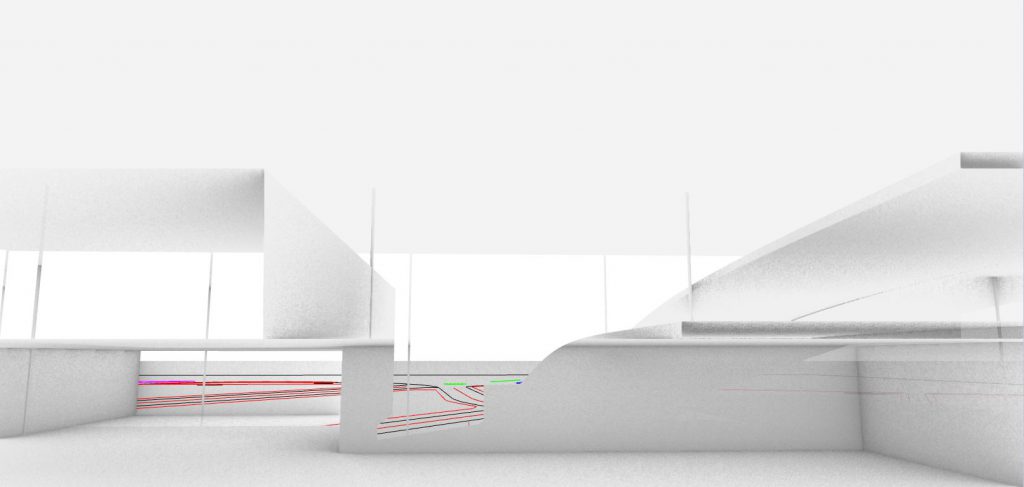Case studies:
BMW Museum. Munich. Atelier Bruckner.
Baufritz exhibition building. Erkheim. A.ml und partner.
Literature Museum. Marbach. David Chipperfield.
Mercedes-Benz Museum. Stuttgart. UNStudio.
Museum of Celtic and Roman History. Manching. Fischer Architekten.
New Museum. New York. SANAA.
Phaeno Science Center. Wolfsburg. Zaha Hadid Architects.
Stylepark Lounge. Berlin. J. Mayer H.
“Freudenhaus” optician store. Munich. Aigner Architecture.
“Interventioneering Architecture” traveling exhibition. Instant Architecture.
“That’s Opera” traveling exhibition. Atelier Bruckner.
“The Rommel Myth” exhibition. Stuttgart. Hans Dieter Schaal.
References:
Christian Schittich – Exhibitions and displays _ Museum design concepts, brand presentation, trade show design-Birkhäuser (2009)

BDm. Kecho Collective

Exhibitions & displays
Designing exhibitions involves curator and designer alike, as well as other technicians or scientists. They share the same goal of transmitting clear messages to visitors.
Each exhibition is a re-interpretation of an object or objects in a new context. Therefore, the exhibited objects can be said as “contextualized” objects, which serve as pieces of the stories that an exhibition try to tell.
This story, or narrative, depends on various factors simultaneously. Architecture plays a key role as the “setting stage,” but lighting, color, materials, sound etc. of a narrative display are critical for a successful message as well.
This calls for a new relationship between architecture and its content, in this case the exhibition content. Museums as massive and marvelous architecture such as Frank Ghery’s Bilbao are yet outdated, but there are increasingly more evidences on museums that serve as strong “ground” of the objects or content being exhibited.
- Exhibition spaces and building access
- BDm
Timeline

In all kinds of exhibitions, the interrelationship between body, space and information is of central interest. The intention of the display is often the factor that command the “function,” or the purpose of the displayed objects. There are cases that the objects themselves are the central piece of a show, but there are also cases that they serve as “triggers” of something larger (a regional culture, a global trend etc.). An object might also be touched and serve as the “opening” to a virtual world, where visitors are free to create their own tours.
Architecturally, a successful museum, should holds a coherent quality between its form and content, between its interior organization and its exterior envelope, and that encourage creative exhibition concepts. The Mercedes-Benz museum in Stuttgart by UNStudio is such an example. Its abstract form of alternate glass and steel materials expresses strongly the double helix interior organization, where visitors have some freedom to choose their routes.
Cohesiveness, however, is difficult to achieve when it comes to designing national (or provincial) museums, since this kind of museum takes a huge task of representing the diversity (of culture, technology, people etc.) of a nation or a region. A provincial museum like the one in Binh Dinh province, for example, must express its diverse geographical landscapes, its many ethnics and cultures, and its complex history, from prehistoric era of Sa Huyen, to Champa kingdom reign, the Tay Son and Nguyen dynasty, then the French occupation period and the time when Vietnam gains its independence up to now.
References
(In detail) Christian Schittich – Exhibitions and displays _ Museum design concepts, brand presentation, trade show design-Birkhäuser (2009)



